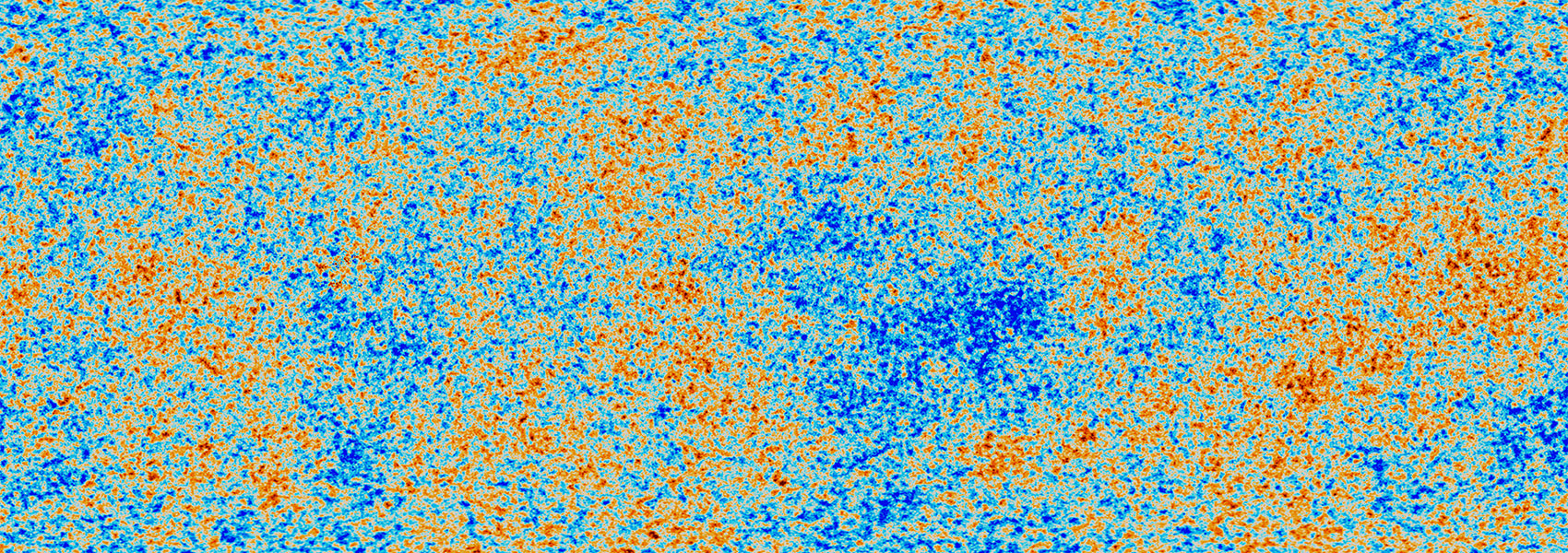December
2021
•
2021AJ....162..286S
Authors
•
Stolker, Tomas
•
Haffert, Sebastiaan Y.
•
Kesseli, Aurora Y.
•
van Holstein, Rob G.
•
Aoyama, Yuhiko
•
Brinchmann, Jarle
•
Cugno, Gabriele
•
Girard, Julien H.
•
Marleau, Gabriel-Dominique
•
Meyer, Michael R.
•
Milli, Julien
•
Quanz, Sascha P.
•
Snellen, Ignas A. G.
•
Todorov, Kamen O.
Abstract
•
GQ Lup B is a young and accreting, substellar companion that appears to drive a spiral arm in the circumstellar disk of its host star. We report high-contrast imaging observations of GQ Lup B with VLT/NACO at 4-5 μm and medium-resolution integral field spectroscopy with VLT/MUSE. The optical spectrum is consistent with an M9 spectral type, shows characteristics of a low-gravity atmosphere, and exhibits strong Hα emission. The H - M' color is ≳1 mag redder than field dwarfs with similar spectral types, and a detailed analysis of the spectral energy distribution (SED) from optical to mid-infrared wavelengths reveals excess emission in the L', NB4.05, and M' bands. The excess flux is well described by a blackbody component with T disk ≈ 460 K and R disk ≈ 65 R J and is expected to trace continuum emission from small grains in a protolunar disk. We derive an extinction of A V ≈ 2.3 mag from the broadband SED with a suspected origin in the vicinity of the companion. We also combine 15 yr of astrometric measurements and constrain the mutual inclination with the circumstellar disk to 84 ± 9 deg, indicating a tumultuous dynamical evolution or a stellar-like formation pathway. From the measured Hα flux and the estimated companion mass, M p ≈ 30 M J, we derive an accretion rate of $\dot{M}\approx {10}^{-6.5}\,{M}_{{\rm{J}}}\,{\mathrm{yr}}^{-1}$ . We speculate that the disk is in a transitional stage in which the assembly of satellites from a pebble reservoir has opened a central cavity while GQ Lup B is in the final stages of its formation. ∗Based on observations collected under ESO programmes 0101.C-0502(B), 0102.C-0649(A), and 0103.C-0524(A).
Links




